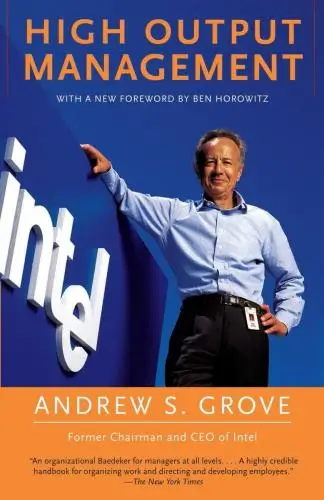
High Output Management
What's it about?
High Output Management is a timeless guide on effective leadership and productivity. With insights from his experience as Intel's former CEO, Grove shares practical advice on optimizing workflows, managing teams, and fostering a culture of high performance. This book emphasizes the importance of setting clear goals, providing feedback, and making data-driven decisions. A must-read for anyone looking to improve their management skills and drive results in their organization.
About the Author
Andrew S. Grove was a Hungarian-born American businessman and author known for his influential work in the technology industry. His book "Only the Paranoid Survive" is a staple for business leaders navigating rapid change and disruption. Grove's writing style is straightforward and practical, offering valuable insights into leadership, strategy, and innovation. With a focus on adaptability and resilience, his work continues to inspire and guide entrepreneurs and executives in the ever-evolving business landscape.
10 Key Ideas of High Output Management
Embrace the Power of One-on-One Meetings for Direct Feedback and Coaching
One-on-one meetings are crucial for managers to connect with their team members on a personal level.
These meetings provide a private space for open dialogue, allowing managers to give direct feedback, understand individual concerns, and coach employees towards better performance.
By regularly scheduling these sessions, managers can foster a culture of trust, encourage professional growth, and address issues before they escalate, leading to a more engaged and productive team.
Learn DeeperSchedule Regular One-on-One Meetings: Make it a priority to set aside time each week or bi-weekly for one-on-one meetings with each team member. This consistent schedule shows your commitment to their development and provides a regular forum for feedback and coaching.
Prepare an Agenda, But Be Flexible: Before each meeting, prepare a brief agenda of topics you'd like to cover, including feedback on recent work, discussion of goals, and any concerns. However, allow room for employees to bring up their own topics or issues, making the conversation a two-way street.
Create a Safe Space for Open Dialogue: Emphasize the confidentiality of these meetings and encourage honest communication. Let your team members know that this is their time to share thoughts, concerns, and aspirations without judgment.
Focus on Active Listening: During the meetings, practice active listening. This means fully concentrating on what is being said rather than just passively 'hearing' the message. Ask open-ended questions to encourage deeper discussion and show that you value their input.
Follow Up on Action Items: If action items or goals are set during the meeting, make sure to follow up on them in subsequent sessions. This demonstrates that you take their concerns and development seriously and are committed to helping them grow.
- Example
Example 1: A manager notices that an employee seems disengaged during team meetings and schedules a one-on-one to discuss any concerns. During the meeting, the employee reveals feeling overwhelmed by their current project load. Together, they work out a plan to redistribute some tasks and set clearer priorities.
- Example
Example 2: During a one-on-one, a team member expresses interest in learning new skills related to a different aspect of the business. The manager uses this opportunity to discuss potential training programs and sets up a plan for the employee to shadow another team for a short period to gain exposure.
Implement a Results-Oriented Approach by Setting Clear Objectives and Key Results (OKRs)
Setting clear objectives and key results (OKRs) helps teams align their efforts with the company's strategic goals.
This approach encourages employees to focus on outcomes rather than just tasks, promoting efficiency and innovation.
OKRs should be specific, measurable, achievable, relevant, and time-bound (SMART) to ensure they are effective.
Regularly reviewing these objectives allows teams to adjust their strategies as needed, fostering a dynamic and responsive work environment.
Learn DeeperDefine Your Objectives Clearly: Start by identifying what you want to achieve in your professional or personal projects. Make sure these objectives are specific and meaningful to you or your team.
Break Down Your Objectives into Key Results: For each objective, list out 2-3 key results that would indicate you've achieved that objective. These should be quantifiable and time-bound.
Review and Adjust Regularly: Set a regular schedule, perhaps monthly or quarterly, to review your OKRs. Be honest about what's working and what's not, and don't be afraid to adjust your key results or even your objectives if necessary.
Share Your OKRs: If you're working in a team, make sure everyone is aware of the collective OKRs. This ensures everyone is aligned and working towards the same goals.
Celebrate Achievements: When you hit a key result or achieve an objective, take the time to celebrate. This can be as simple as acknowledging the achievement in a team meeting. It's important for morale and motivation.
- Example
Objective: Increase the company's social media presence. Key Results: Gain 1,000 new followers on our main social media platform within the next quarter; Increase engagement (likes, shares, comments) by 20% compared to the previous quarter.
- Example
Objective: Improve personal health. Key Results: Lose 10 pounds in the next six months; Run a total of 150 miles in the next three months.
Maximize Productivity Through Task-Relevant Maturity
Task-relevant maturity (TRM) is the concept that the amount of supervision or autonomy an employee needs varies depending on their experience and the nature of the task at hand.
Managers should assess each situation individually and adjust their leadership style accordingly.
For less experienced employees or new tasks, a more hands-on approach may be necessary.
As competence grows, managers can gradually reduce oversight, empowering employees to take ownership of their work.
This tailored approach enhances learning, motivation, and productivity.
Learn DeeperAssess Employee Experience and Task Complexity: Start by evaluating the experience level of your team members in relation to the tasks you're assigning. Consider both their overall professional experience and their familiarity with the specific task or project.
Adapt Your Leadership Style: If you're dealing with less experienced employees or those facing a new kind of task, adopt a more hands-on approach. This could mean providing detailed instructions, regular check-ins, and being available for questions. As they grow more competent, gradually pull back, offering guidance only when needed.
Encourage Autonomy: For employees who demonstrate high task-relevant maturity, encourage autonomy by setting clear objectives but allowing them the freedom to achieve these in their own way. This trust can boost motivation and innovation.
Provide Constructive Feedback: Regardless of their maturity level, all employees benefit from feedback. Make sure it's constructive and tailored to their current level of autonomy and responsibility. Highlight what's working well and offer specific advice on areas for improvement.
Review and Adjust Regularly: Task-relevant maturity isn't static; it can change as people learn and grow, or as tasks evolve. Regularly review your approach to each employee and adjust your level of supervision and support as necessary.
- Example
A new hire is tasked with managing a social media campaign. Initially, the manager provides a detailed plan, sets up daily check-ins to discuss progress, and is available to answer questions. As the employee becomes more comfortable and demonstrates understanding, the manager moves to weekly check-ins, eventually only reviewing the final results.
- Example
An experienced team member is given a new type of project they haven't handled before. The manager starts with a brief overview and is available for questions, but does not micromanage. As the employee shows competence, the manager steps back further, offering support only when specifically requested.
Leverage the Meeting-as-a-Medium Framework for Efficient Communication
Meetings should be seen as a medium for communication, with different types serving distinct purposes:
Process-oriented meetings for routine updates,
Mission-oriented meetings for specific challenges,
And one-on-ones for individual feedback.
By categorizing meetings this way, managers can ensure that each meeting has a clear objective, making them more focused and productive.
Preparing an agenda in advance and sticking to it during the meeting can further enhance efficiency and effectiveness.
Learn DeeperIdentify the Purpose of Your Meetings: Before scheduling a meeting, clearly define its purpose. Is it for routine updates (process-oriented), addressing a specific challenge (mission-oriented), or providing individual feedback (one-on-one)? This clarity will help you decide who needs to be there and what needs to be discussed.
Prepare an Agenda in Advance: Once you've identified the meeting's purpose, draft a concise agenda outlining the topics to be covered, and share it with participants ahead of time. This allows everyone to prepare and ensures the meeting stays on track.
Allocate Specific Times for Each Agenda Item: To keep the meeting efficient, assign a specific amount of time to each agenda item and stick to it. This prevents any single topic from monopolizing the meeting and ensures all important points are covered.
Follow Up with Action Items: After the meeting, summarize the discussion, decisions made, and any assigned action items. Send this summary to all participants to ensure everyone is on the same page and knows what is expected moving forward.
- Example
In a process-oriented meeting, a team leader might review weekly sales figures, discuss any deviations from targets, and brainstorm strategies to address these gaps. The agenda could include items like 'Review of Weekly Sales Figures', 'Analysis of Sales Shortfalls', and 'Strategies for Improvement', with each item allocated a specific time frame.
- Example
For a mission-oriented meeting focused on launching a new product, the agenda might include 'Final Review of Product Features', 'Marketing Strategy Discussion', and 'Launch Timeline and Responsibilities'. Each team member could be assigned specific tasks related to their expertise, ensuring a collaborative approach to the project.
Foster a Culture of Decision Making Based on Data and Debate
Encouraging a culture where decisions are made based on data and healthy debate ensures that choices are well-informed and consider multiple perspectives.
Managers should promote an environment where team members feel comfortable presenting data, challenging assumptions, and discussing alternatives.
This approach leads to more robust decision-making processes, reduces biases, and helps uncover the best solutions to problems.
Learn DeeperEncourage Open Dialogue: Make it a point to regularly ask for opinions and insights from your team members. This could be during meetings, via email, or even in one-on-one sessions. Let them know that all perspectives are valued and that you're interested in data-driven arguments.
Create a Safe Environment for Debate: Establish clear guidelines for discussions that ensure respect and openness. Remind everyone that the goal is to find the best solution, not to 'win' the argument. This can help reduce hesitancy in sharing differing viewpoints.
Implement a 'Data First' Policy: Before any major decision, ask for the relevant data. This could mean sales figures, customer feedback, or any other measurable evidence. Make it a practice to base decisions on this data rather than gut feelings or assumptions.
Promote Critical Thinking: Encourage your team to question assumptions and consider alternative viewpoints. You can do this by asking probing questions during discussions and rewarding those who bring new insights or challenge the status quo with data-backed arguments.
Provide Access to Data: Ensure that your team has easy access to the data they need to make informed decisions. This might involve investing in better data management tools or simply organizing existing data more effectively.
- Example
During a team meeting to decide on a marketing strategy, a manager asks each team member to present data supporting their proposed approach. The team then debates the merits of each approach, focusing on the data presented, leading to a consensus on the most data-supported strategy.
- Example
A product development team is divided on the features to include in the next release. The manager sets up a session where each side presents user feedback, market research, and projected costs associated with their proposed features. The team then discusses these points openly, leading to a decision that balances user demand with development feasibility.
Deeper knowledge. Personal growth. Unlocked.
Unlock this book's key ideas and 15M+ more. Learn with quick, impactful summaries.
Read Full SummarySign up and read for free!
High Output Management Summary: Common Questions
Experience Personalized Book Summaries, Today!
Discover a new way to gain knowledge, and save time.
Sign up for our 7-day trial now.
No Credit Card Needed

Similar Books
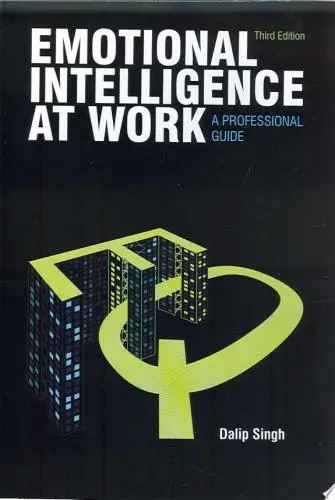
Emotional Intelligence at Work
Dalip Singh
Seeing the Big Picture
Kevin Cope
Leadership Is Concept Heavy
Dr. Enoch Antwi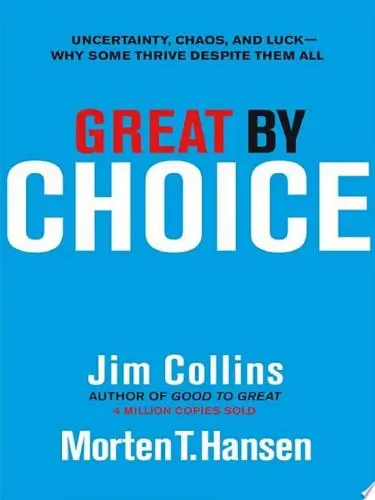
Great by Choice
Jim Collins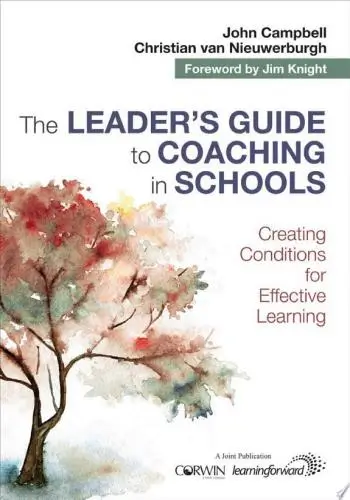
The Leader′s Guide to Coaching in Schools
John Campbell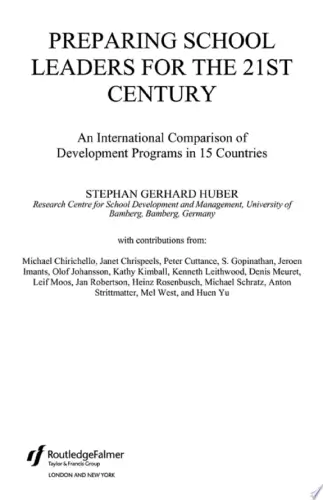
Preparing School Leaders for the 21st Century
Stephan Gerhard Huber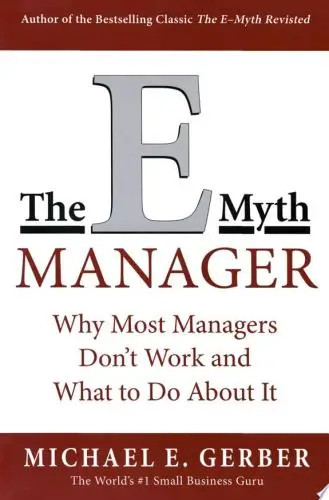
The E-Myth Manager
Michael E. Gerber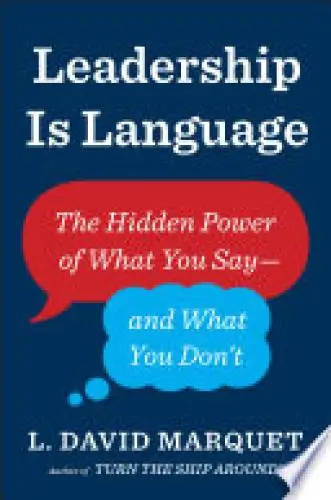
Leadership Is Language
L. David Marquet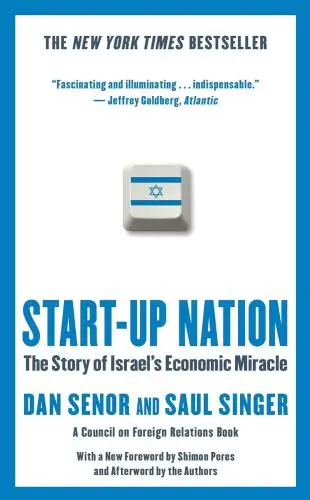
Start-up Nation
Dan Senor
The Founder's Dilemmas
Noam WassermanTrending Summaries

Peak
Anders Ericsson
Never Split the Difference
Chris Voss
Smart Brevity
Jim VandeHei
The Psychology of Money
Morgan Housel
The First 90 Days
Michael D. Watkins
Atomic Habits
James Clear
Thinking, Fast and Slow
Daniel Kahneman
The Body Keeps the Score
Bessel van der Kolk M.D.
The Power of Regret
Daniel H. Pink
The Compound Effect
Darren HardyNew Books

Job Interviews For Dummies®
Joyce Lain Kennedy
Job Interviews In A Week
Alison Straw
Handbook of Career Development
Gideon Arulmani
The Art of Spending Money
Morgan Housel
$100M Offers
Alex Hormozi
A Candle for Kiri
Edna Mae Holm
Principles of Marketing, Global Edition
Gary Armstrong
Serpent Rising: The Kundalini Compendium
Neven Paar
Feeling Is the Secret
Neville Goddard
